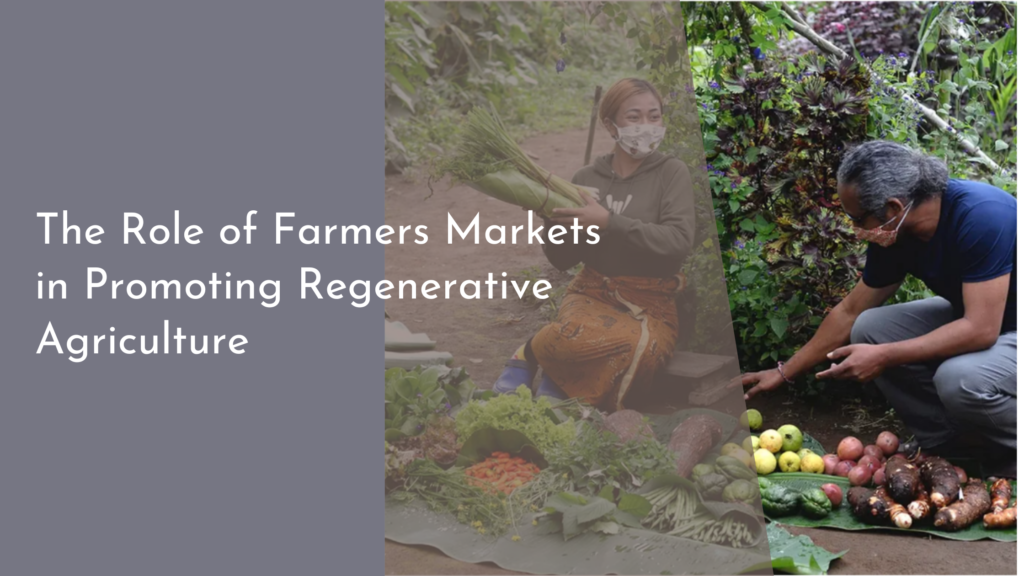Mitigating the Impact of Roads on Wildlife Movement
As human development continues to expand, roads have become an integral part of our landscape, providing necessary connectivity for people and goods. However, these same roads pose a significant threat to wildlife, disrupting their natural movement patterns and leading to increased mortality rates among various species. To ensure a balanced coexistence between human infrastructures and wildlife, it is crucial to understand the dynamics of wildlife movement and explore innovative solutions that allow for safer crossings. This article delves into the impacts of roads on wildlife, showcases successful case studies of wildlife corridors, and emphasizes the importance of community engagement in wildlife protection efforts.
Understanding Wildlife Movement and Road Impacts
Wildlife movement is an essential aspect of maintaining healthy ecosystems. Animals migrate, forage, and breed in specific areas, and their movement patterns are intricately linked to their survival and genetic diversity. Unfortunately, the introduction of roads fragments these habitats, creating barriers that impede the natural flow of wildlife. Such disruptions can lead to inbreeding, reduced food access, and even extinction for vulnerable species. Furthermore, roads increase the risk of vehicle collisions, which can be deadly for both animals and humans.
Research shows that certain animal species, such as deer and amphibians, are particularly susceptible to road mortality. As these animals attempt to cross roads, they often face the dual threats of habitat loss and vehicle impact, resulting in a declining population. Understanding the behavior of wildlife in relation to roads helps conservationists and urban planners devise strategies to reduce these risks. By prioritizing wildlife movement in land-use planning, we can mitigate the adverse effects of roads on biodiversity while fostering a more harmonious coexistence between humans and wildlife.
Innovative Solutions for Safer Animal Crossings
To combat the detrimental impact of roads on wildlife, innovative solutions have emerged that create safer crossing opportunities for animals. One prominent solution is the construction of wildlife overpasses and underpasses. These structures allow animals to traverse roads without the risk of direct collisions, effectively reconnecting fragmented habitats. Engineering design plays a crucial role in ensuring these crossings are not only functional but also appealing to wildlife, incorporating natural vegetation and features that mimic their natural environment.
In addition to physical structures, technology has also provided tools to monitor wildlife movements around roads. For example, motion-sensitive cameras and GPS tracking have enabled researchers to collect valuable data on animal behavior, informing road planning decisions. Moreover, public awareness campaigns that highlight the importance of reducing speed limits in wildlife areas can further protect vulnerable species. By combining engineering solutions with technology and community engagement, we can create safer roads that accommodate both human needs and wildlife movements.
Successful Wildlife Corridors: Inspiring Case Studies
Around the world, several successful wildlife corridors stand as testament to the positive outcomes of integrated conservation planning. The Banff Wildlife Crossings in Canada is an exemplary model, featuring a series of overpasses and underpasses that allow animals to cross safely beneath the Trans-Canada Highway. Since its implementation, the project has significantly reduced wildlife-vehicle collisions and has seen a resurgence in local wildlife populations, including bears, wolves, and elk. This collaborative effort involving government agencies, conservation groups, and local communities has proven that when we prioritize wildlife, we can create effective solutions that benefit both nature and society.
Another inspiring case study is the Florida Wildlife Corridor, which aims to connect fragmented habitats across the state. This ambitious project involves various stakeholders, including landowners, conservation organizations, and state agencies, working together to create a network of protected areas. By restoring ecological connectivity, the corridor not only supports endangered species like the Florida panther but also enhances recreational opportunities for the human population. These success stories highlight the importance of innovative approaches to wildlife corridors, serving as blueprints for future conservation endeavors worldwide.
Engaging Communities in Wildlife Protection Efforts
Community engagement is pivotal in fostering a culture of wildlife protection and ensuring the success of conservation projects. By actively involving local residents in conservation efforts, we can create a sense of responsibility and pride toward wildlife and their habitats. Educational programs that raise awareness about the impacts of roads on wildlife can inspire communities to advocate for safer crossings and support local initiatives aimed at enhancing biodiversity. When people understand the importance of wildlife and their role within the ecosystem, they are more likely to support policies and practices that protect these vital species.
Moreover, local communities can play a critical role in monitoring wildlife movements and advocating for better road designs. Citizen science projects, where community members collect data on wildlife sightings and roadkill incidents, empower individuals to contribute to conservation efforts actively. By fostering partnerships between wildlife organizations, government bodies, and local residents, we can create a robust network focused on the protection and preservation of wildlife. Engaging communities not only enhances conservation outcomes but also strengthens the bond between people and nature, promoting a sustainable future for all.
In conclusion, mitigating the impact of roads on wildlife movement is not only an environmental necessity but also an opportunity to create a harmonious relationship between humans and nature. Through a combination of understanding wildlife behavior, innovative engineering solutions, inspiring case studies, and active community engagement, we can pave the way for safer crossings and healthier ecosystems. By taking collective action, we can ensure that future generations inherit a world where wildlife can thrive alongside human progress, fostering a vibrant and diverse planet for all living beings.

